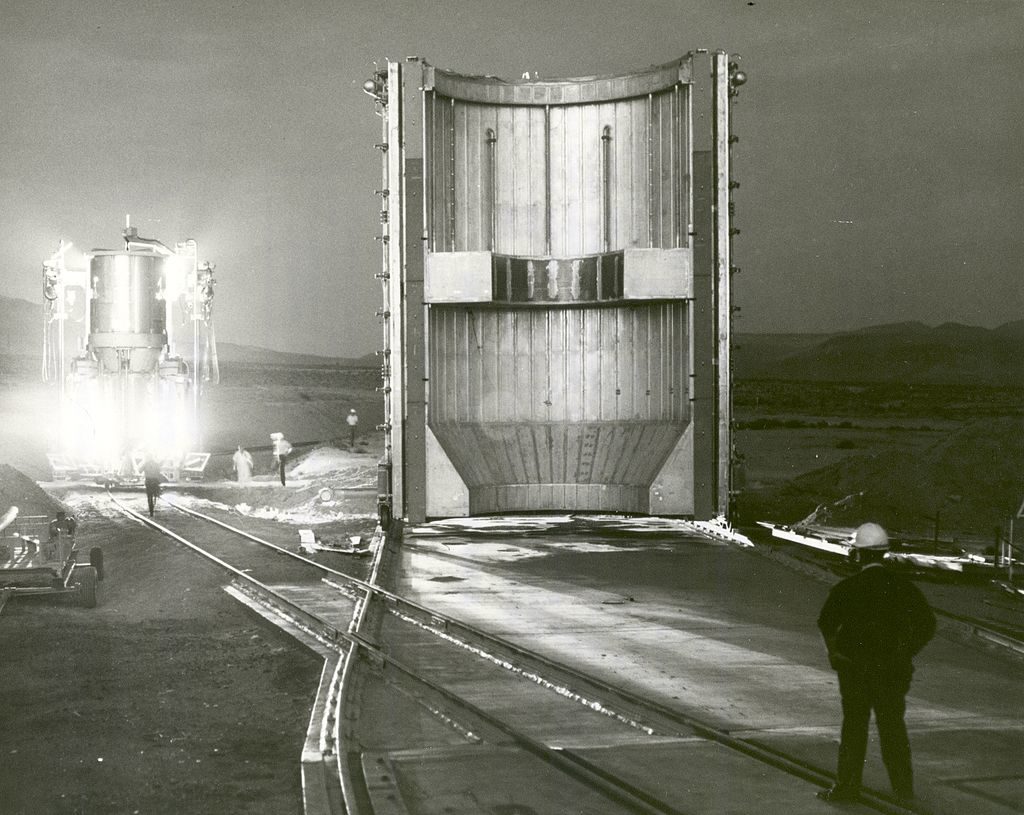
The recent explosion of a nuclear-powered rocket over northern Russia has shone a bright light on technology that is in fact over 60 years old. The first versions were referred to as Nuclear Thermal Rocket (NTR) engines, which were developed in the mid-1950s in the States, even before NASA was formed in 1958. In fact, the concept of a nuclear-powered engine for space travel had been discussed almost at the same time as the American Manhattan Project was formed to build the first atomic bombs. British scientists were also working on the theory of atomic-powered rocket engines and in 1948 a number of papers were published which concluded that nuclear rockets would probably be the only way in which deep-space exploration would be possible.

The US NTR programme was closed down (officially at least), in 1973, by which point it was reckoned that a fully capable and certified engine had been developed, called the NERVA (Nuclear Engine for Rocket Vehicle Application). For their part, the Soviets continued to work on nuclear motors. In 2010/11 it was being reported in technical journals that they were in fact nearing completion of a working design of nuclear motor and were investing heavily in a Mars-bound rocket project that would be ready in 2018.
At first sight, these engines look rather too complex to be easily explained. However, as with so much technology, the basic principle is quite simple. Rockets of all sorts work by accelerating some type of solid, gas or liquid in one direction, causing the engine to move in the other direction. This is achieved using a venturi – or nozzle - to speed up the gas-flow generated by the engine. Typically, the higher the temperature of the exhaust gases, the greater the speed at which it leaves the nozzle; the greater the speed, the greater the thrust of the engine.
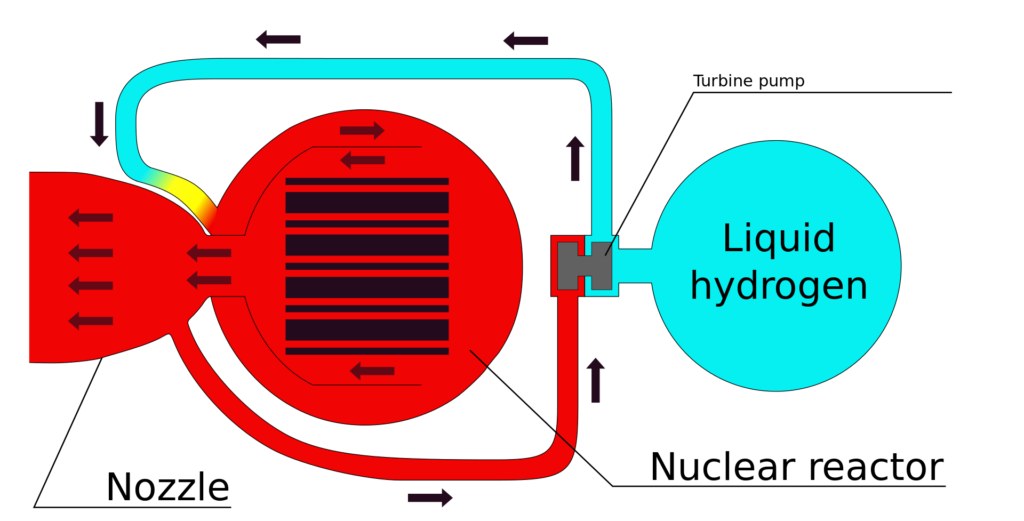
Image sourced from Wikipedia, Tokino
Nuclear rocket motors work by having a small nuclear reactor at their core, generating immensely high temperature when activated. Fluids or gases of various types are then passed through the core and heated to almost the same temperature of almost 20,000 degrees C, exiting the nozzle at up to 10,000m per second. The real measure of performance is called Specific Impulse: a conventional chemical rocket engine has an impulse of about 500sec, and a nuclear version 6,000sec. In simple terms, this means that a nuclear rocket motor can push a space craft along at up to six times the speed of current motors, reducing, for example, a six-month return journey to Mars to a much more acceptable 80 days or less.
If these motors are so efficient, why are they not in common use today? Well, the problems are mixture of complexity, cost, and the dangers inherent in an engine failure. The designs of these systems are so complex that they require a huge amount of technical analysis to get right. Modern computing is still hard pressed to deal with the stresses and heats involved, and the high temperatures are still a technical challenge in terms of material performance. All of this leads to high development costs – much greater than proven and “batch- produced” conventional rocket-motors available today.
The dangers of an engine failure are very great indeed. As the recent explosion of the Russian nuclear rocket motor demonstrated, it is like having a mini-Chernobyl aerial-explosion, except that in some cases the area affected by the radioactive material can be much larger. Even without an explosion, an engine failure might result in a deadly cloud or radioactive particles falling back to earth with terrible consequences for humans and ecosystems wherever it landed.
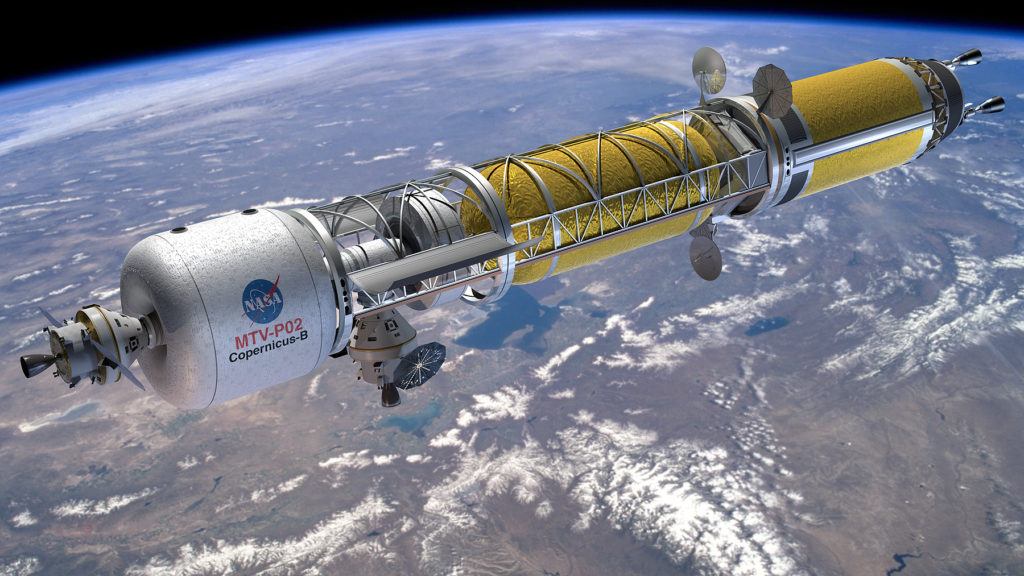
But even before that, the motor would be a highly radioactive lump of metal, with minimal shielding to crew-members to reduce the deadweight being lifted into space, creating all sorts of problems with its construction and servicing. In addition, consider the issue of docking with a space station or the like: how would nearby structures and personnel be shielded from the radiation? How would a spent engine-core be disposed of other than by driving it into the nearest star?
The problems mentioned above have meant that planners have tended to work on the basis that larger nuclear motors could be assembled in space to reduce the immediate danger of a failure. But even this presents the risk of a massive cloud of radioactive material orbiting the Earth and eventually dropping back to the surface. Although some would have a short half-life, the majority of the material would be very long lived indeed. It has the potential to add up to a classic Doomsday Scenario of a planet made uninhabitable at some point in the future.
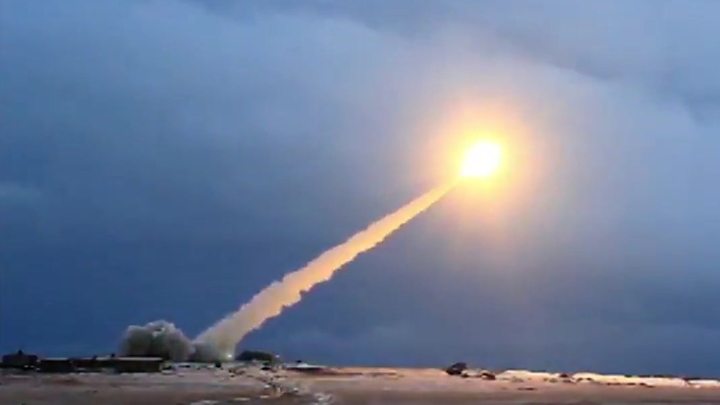
Given the risks involved, we might do well to be very concerned about the Russian tests. They have been pursuing a number of projects using very small nuclear motors for use in missiles and even torpedoes. The resulting high-speeds and extended range of the missiles makes for very agile and capable weapons that would be able to avoid all current missile-defence systems. A torpedo and/or drone submarine would also have the speed and endurance to pose a very serious threat to all in-service naval defences.
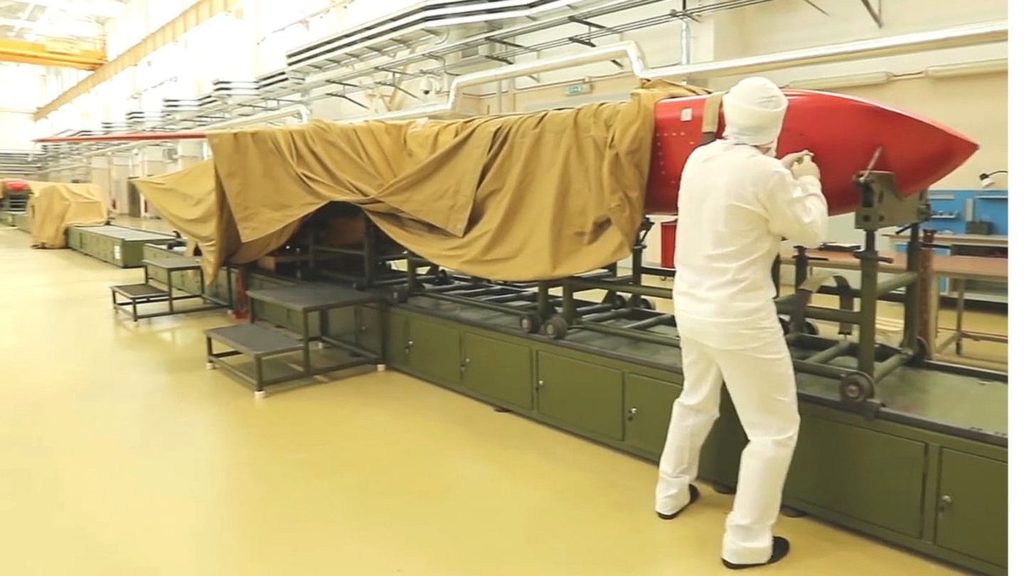
At first the Russians tried to avoid admitting the motor was nuclear-powered. But the sudden spike in local radiation levels made it highly likely that this was the case. In addition, Mr Putin had announced in March 2018 that the 9M730 Burevestnik, (NATO name “Skyfall”), missile was one of six new strategic weapons being developed by Russia. Then, on 9th August the “Russian nuclear energy agency Rosatom confirmed that a release of radiation at the Nyonoksa missile testing site near Severodvinsk in northern Russia was linked to an accident involving the test of an “isotope power source for a liquid-fuelled rocket engine”, leading to the deaths of eight people, including five scientists.” (Wikipedia source.)
Accounts about the levels of radiation differ, with some official reports saying that they stayed quite high for several hours. Whatever the local levels might have been, the downwind hazards have yet to be fully disclosed, as a major fire and explosion would have almost certainly led to a large cloud of such material being dispersed into the atmosphere.
There are some reports that local people were asked to leave their homes prior to the tests, but these have been denied by the official press agency. That said, the explosion has apparently caused the military to either suspend or cancel further testing, although that might well be a statement intended to calm both local and international concerns.
Russia has claimed that its work on nuclear rocket motors is the most advanced in the world – which is disputed by the US of course. However, even if it were true, it is not necessarily a cause of great comfort to the rest of the world to know that a country with a somewhat less than glowing reputation for health and safety is determined to lead the way in this potentially lethal technology.

Comments on Russian nuclear-powered rockets: a “Doomsday-Technology” come true?